How to open an industrial style coffee shop? Experience sharing of space design and material selection in coffee shop
Professional coffee knowledge exchange more coffee bean information please follow the coffee workshop (Wechat official account cafe_style)
There were only a few repetitive types of coffee shops more than a decade ago: chain cafes with no distinctive personality, noble classical decor, towering chair backs and elegant bars, or expert coffee halls that felt a little alienated. I don't even dare to talk inside. However, with the development of the coffee industry and the promotion of the concept of "third space", more and more coffee shops with different styles and fashionable trends have been opened, which are not only spacious and relaxed, but also welcome pets for friendly children. coffee shops have once become the most ideal social scene, and most literary and artistic young people have dreamed of owning a coffee shop of their own.
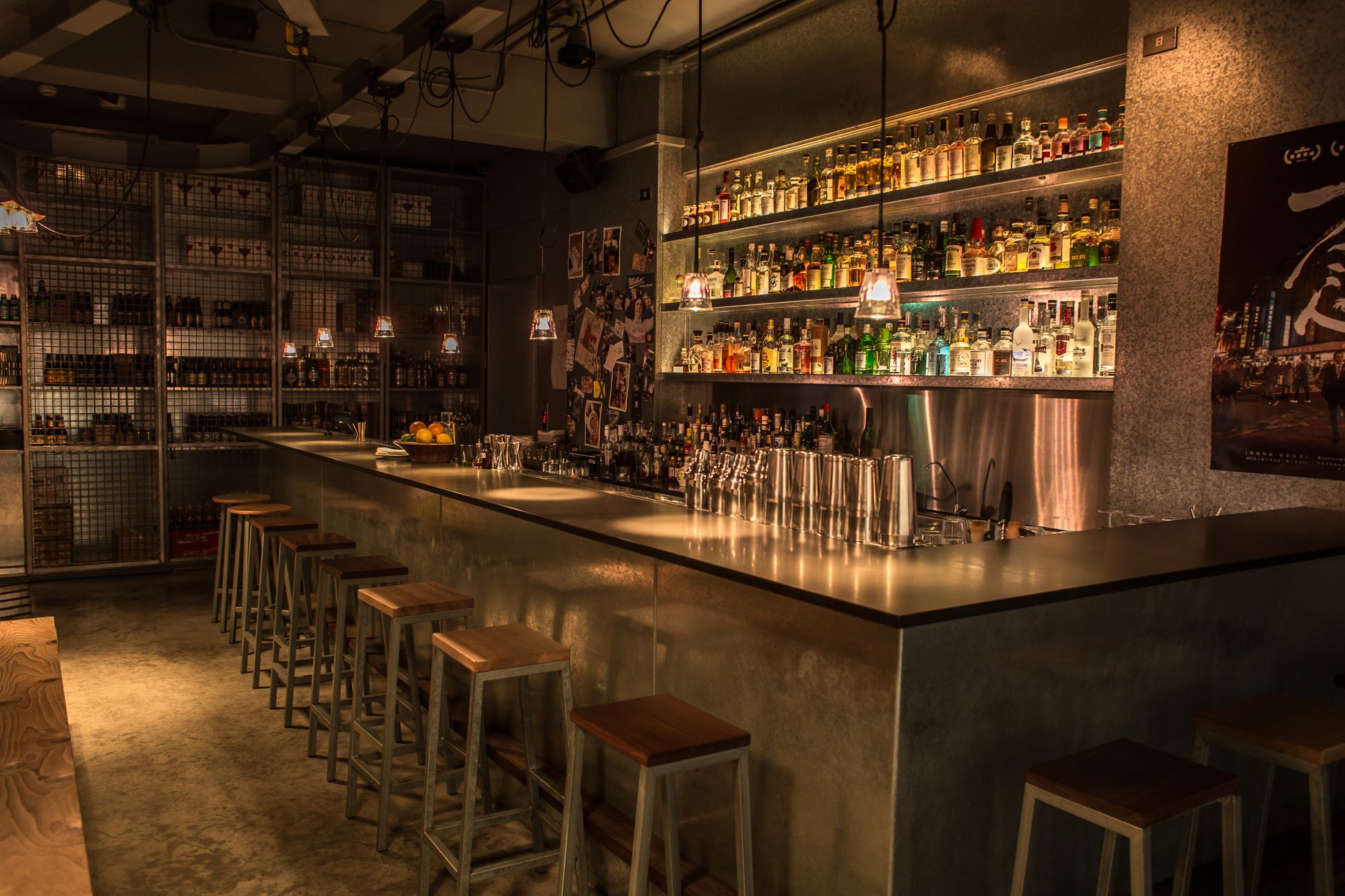
However, in order to realize such a dream, there must be practical economic benefits. To open a coffee shop, you need not only to have a good idea, but also to make a judgment on business operation. For shopkeepers who want to open a shop, the functionality of every item in the store is worth paying attention to, because it is related to the most basic subject of small and independent stores-cost control.
Some material selection for operators and experience and suggestions on space design.
No matter the wheeled cart is made into a table, and the left-over pipe is made into decoration, the so-called industrial style is the reuse of resources. In addition to the lovable style, the most important thing is that cost savings can be achieved. Many novice shop owners are easily confused about the use of objects, and even spend too much cost and time, just to fit in with the current popular decoration. In fact, it is a long-term solution to learn more about the characteristics of objects and materials and to take more substantive considerations into account.
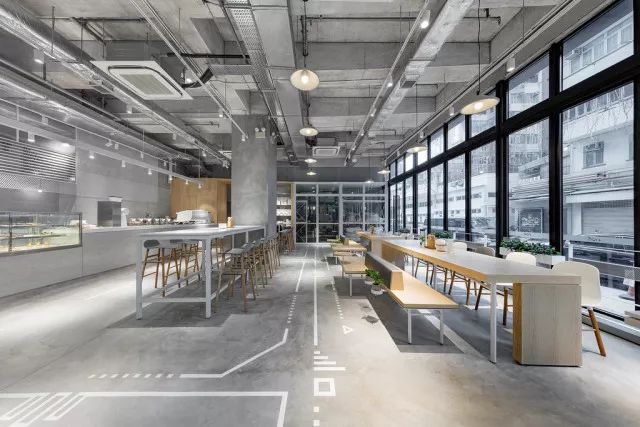
Common material selection problems: floor, lamp, furniture.
Some objects may be visually attractive, but they are not so helpful for business. For example, the floor can be made of marble, tile or cement, but in fact the floor is less noticed, and it doesn't take much effort to figure it out. choose a material that is durable, suitable for use, and not too inconsistent with the atmosphere-the point is to be easy to clean and maintain.
In addition, special-shaped lamps and lanterns usually cost a lot of money, but the purpose of the lamp is lighting. I suggest you think carefully before you start: will there be any real income if you spend this money? Or some sofas with real leather are really beautiful, but very tolerant of damage, but also very difficult to maintain? Sometimes the sofa, which is too advanced, too comfortable and too soft, makes it inconvenient to sit up. Never spend too much money and ask for trouble for the sake of visual effects.

The continuity of the material.
Solid wood is generally recommended for table selection, because if you really want to replace or scrap it in the future, it can also be transformed into new life after removal, such as benches, coffee tables, bookcases and chopping boards. When these items leave some traces of the history of the store, it is also interesting to think about it. If it is possible to move discarded galvanized sheet from the factory, it is very resistant to corrosion and rust and can be used in stairs, air ducts, or other high humidity places.
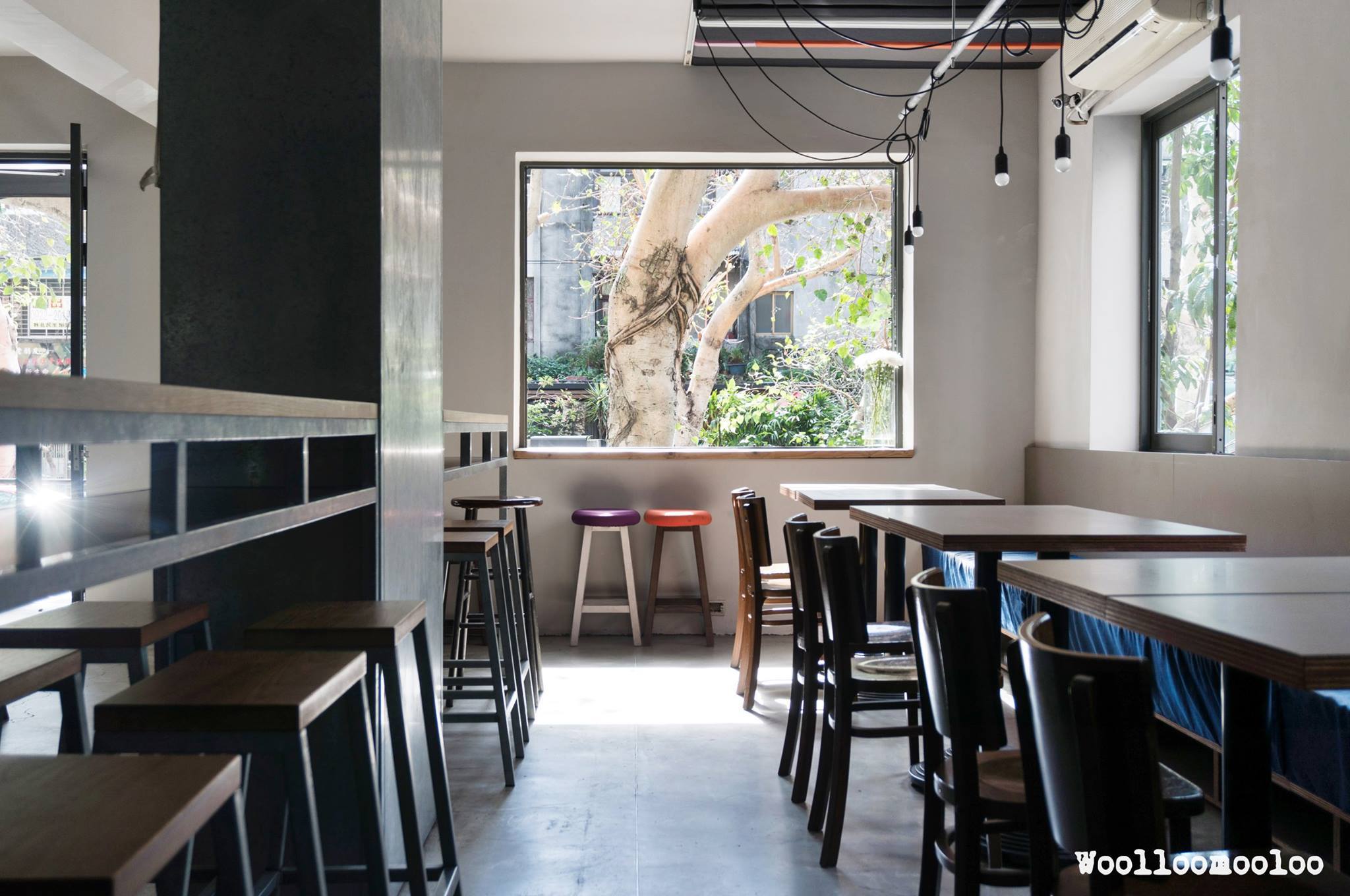
Space design: daylighting, hiding clumsy, magnifying good resources.
Magnify the original advantages of the space as much as possible. If the lighting is good, leave large tracts of natural light to the customer. Suppose there are some rugged corners, as much as possible for your own use, planning into a warehouse or the use of ingenuity. In addition, if the former tenant really left equipment, don't rush to throw it away because the style doesn't match, think about whether there is anything available, and don't have a problem with your own store funds.
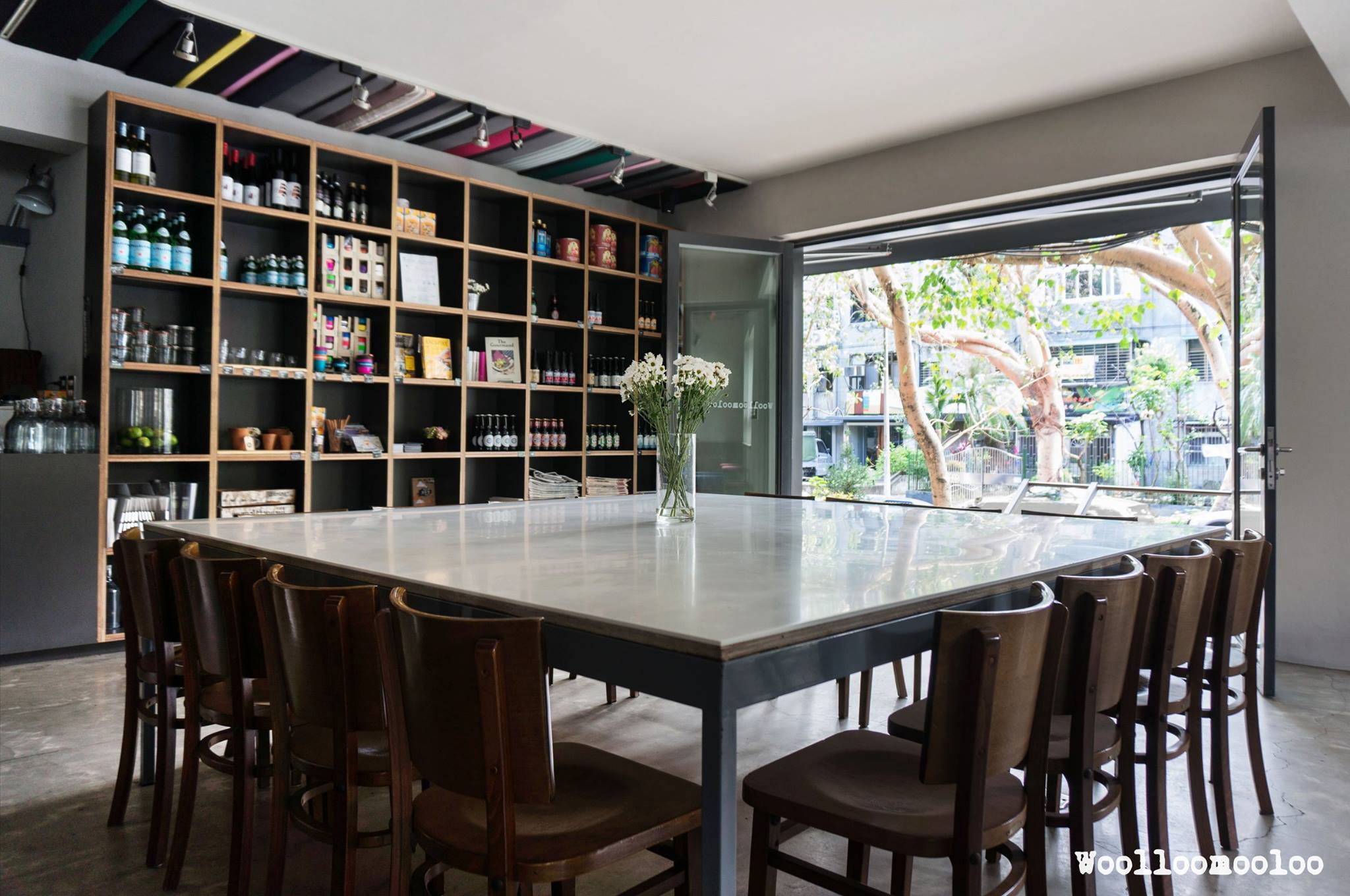
Try not to buy space-killing equipment.
It is a good thing as long as you can reuse or extend the life of the object, and it is absolutely true in space. When choosing objects, you should give priority to independent, movable appliances, and avoid buying equipment that is specially customized for a certain space, embedded in the wall, or nailed to the floor, such as cabinets, shelves, and embedded wall decorations. It will not only restrict the use of the space, but also will not be moved or modified. At this time, these appliances are more difficult to move, second use or transfer, and finally have to go on the road of scrapping. Of course, some refrigerators or cabinets that must be stable are not included in this scope.
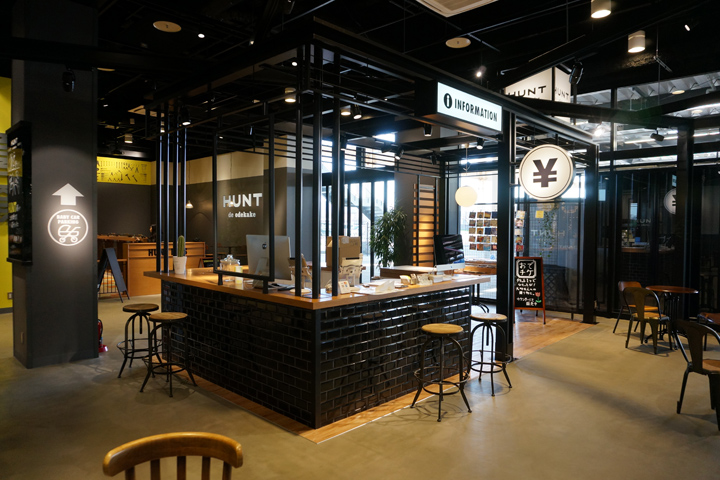
The above experience, from easy, small independent caf é to open high-end food and beverage can be used as a reference for everyone to follow, the key point is to think carefully and find what you want to achieve.
Opening a coffee shop is a complicated task. Pay attention to your thoughts and choices from the selection. It is the most important principle to do the biggest thing with limited resources.
END
Important Notice :
前街咖啡 FrontStreet Coffee has moved to new addredd:
FrontStreet Coffee Address: 315,Donghua East Road,GuangZhou
Tel:020 38364473
- Prev

Coca-Cola CEO: buying Costa Coffee is not to challenge Starbucks and Nestl é
Professional coffee knowledge exchange more coffee bean information follow Coffee Workshop (Wechat official account cafe_style) Coca-Cola President and CEO James Quincy (James Quincey) said in an interview that Coca-Cola's acquisition of the British coffee chain Costa for $5.1 billion is not so much a challenge to giants like Starbucks, no.
- Next
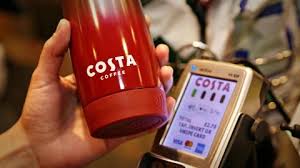
You can pay for things with coffee cups! Costa jointly launches coffee cups for mobile payments with banks
Professional coffee knowledge exchange more coffee bean information please follow the coffee workshop (Wechat official account cafe_style) recently, Barclayka (Britain's oldest bank) and the British coffee chain Costa Coffee (Britain's most famous coffee brand) launched a reusable coffee cup, the coffee cup integrated NFC technology, coffee can be charged through the cup non-contact
Related
- What documents do you need to go through to open a coffee shop? coffee shop coffee shop certificate processing process
- How to purchase Coffee beans in small Cafe how to choose a suitable supplier for domestic Coffee supply Company
- How to drink Starbucks Fragrance White Coffee? how to make Australian White Coffee? what Italian coffee beans are recommended?
- The Story of Flora Coffee: the name of Flora Coffee Bean and the implication of the Flowers on Florna Coffee
- How much does a cup of coffee cost? How much is the profit of a cup of coffee? What is the profit of the coffee shop in a year?
- Yunnan small Coffee, known as "fragrant Coffee", introduces the characteristics of Alpine Arabica Coffee producing areas in Yunnan, China
- 2023 latest Starbucks full menu price list how much is a cup of Starbucks coffee what is better to drink the most popular hot and cold drinks recommended
- Starbucks different kinds of Coffee Price list Starbucks menu 2023 Top Ten Best drinks in Starbucks
- Starbucks Spring praise Comprehensive matching Coffee Bean theme Story Packaging implication and taste description
- The cost of a cup of coffee latte American coffee cost price and selling price

